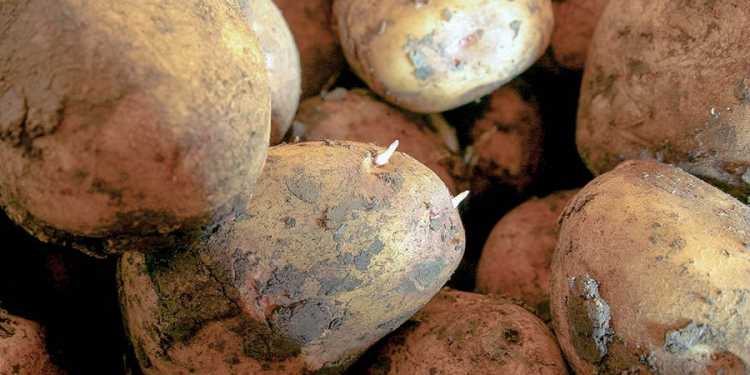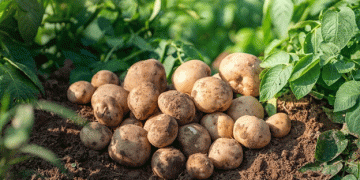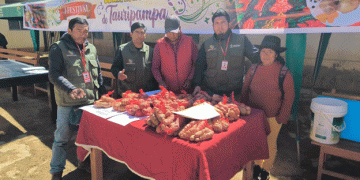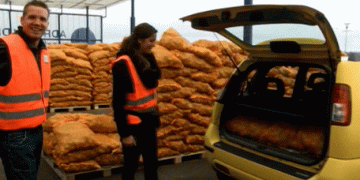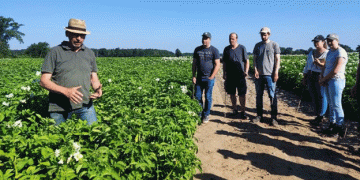The European Commission has accepted a temporary maximum residue limit of 0.4 ppm for CIPC in the potatoes and potato products
Afterwards, that limit should gradually decrease towards the target threshold value of 0.01 ppm. “This is very positive for the potato sector, because the historical use of CIPC still leaves its mark in storage sheds even with thorough cleaning,” says Jean-Pierre Van Puymbrouck, chairman of the branch organization Belpotato.be.
Catastrophe avoided
From 1 July 2020, the use of the chemical sprout inhibitor chlorpropham, better known as CIPC, is prohibited. Until then, the product had been used for decades to keep potatoes longer. In the meantime, there are already various alternatives on the market, but that CIPC still plays tricks on potato growers. After all, the product has become embedded in the material used to store potatoes and in the storage sheds. For years to come, CIPC crystals can float down and contaminate the potatoes that are stored there.
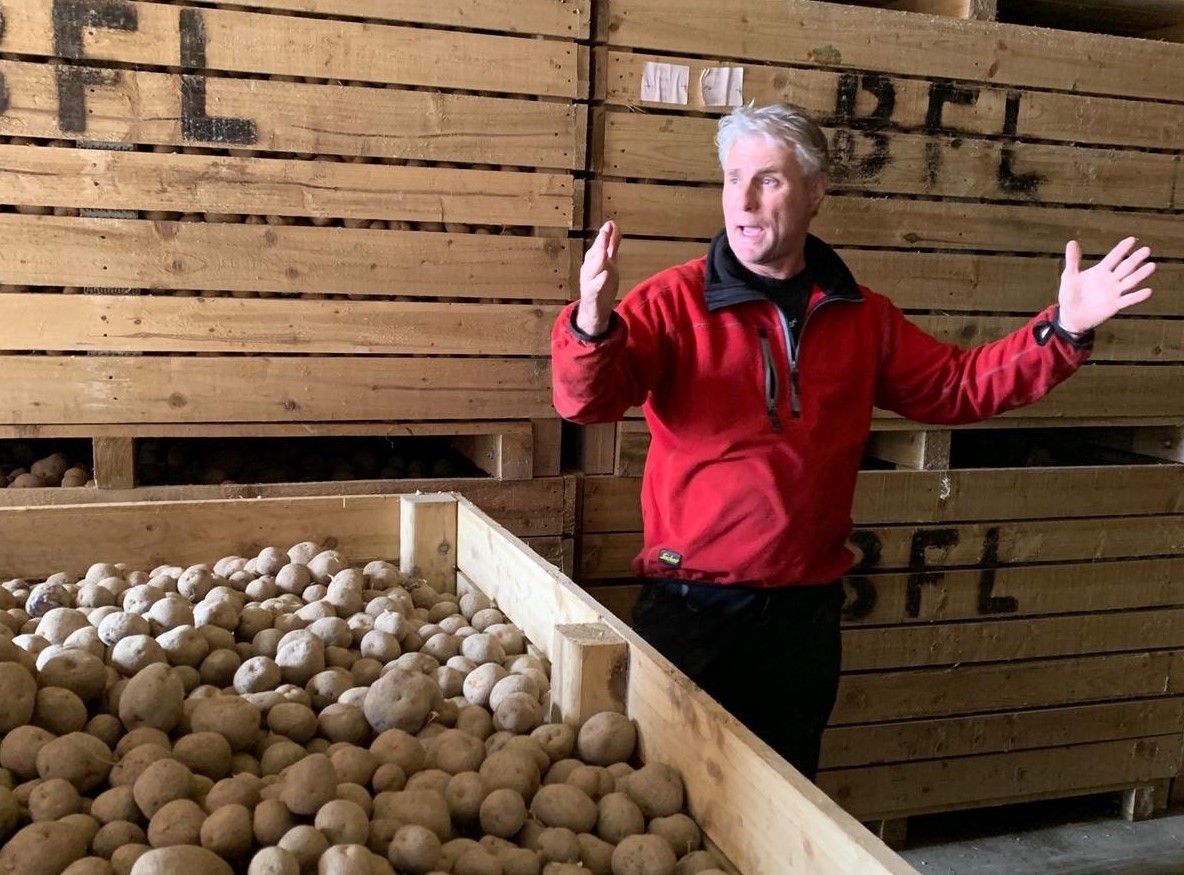
For this reason, since the announcement of the CIPC ban, the potato sector has made a great effort to get a temporary increase in the maximum residue limit from the European Commission. This residue limit determines which fraction of the agent may still be found in the potatoes. After all, even with very thorough cleaning of sheds and storage material it turned out that the standard value of 0.01 ppm would not be feasible. “Had that value been introduced immediately, it would have been a catastrophe for the industry. Fortunately, Europe listened to our arguments and we can now work with a temporarily increased maximum residue limit, ”says Van Puymbrouck.
The temporary limit of 0.4 ppm will apply from September 2, 2021. But this is not an end point. “The EU will re-evaluate this file on the basis of the monitoring data. These must be sent to Europe by 31 December 2021 at the latest. At the end of each subsequent year, Europe will then request an update and a report on the development and application of cleaning practices ”, says Belpotato.be. According to the trade association, the intention is to gradually lower the temporary maximum residue limit towards the target threshold of 0.01 ppm. “In this way it is feasible to achieve the threshold values without the loss of batches of potatoes or storage capacity,” he says.
The EU will re-evaluate this residue temporary limit every year based on a sampling plan that monitors the residue values on the tubers
Cleaning protocol decisive
An important reason why the Commission has agreed to the temporarily increased maximum residue limit is because of the cleaning protocol developed by the European potato processing industry (Euppa), the European potato trade (Europatat) and Copa-Cogeca, the European agricultural organization. This cleaning protocol was already used by many companies last autumn.
However, the changeable weather meant that some companies did not have time for such a cleaning because the harvesting activities took longer than expected. The corona crisis also threw a spanner in the works in this area: after all, many storage sheds were not empty in time for a thorough cleaning. That is why Belpotato.be calls on all parties involved to apply the protocol as widely as possible in the future. “This must be done as soon as possible after the 2020 harvest has been scoured, and in any case before the 2021 harvest is stored,” says Van Puymbrouck.

Belgapom, the Belgian federation of potato processing and trade, has carried out a large sampling plan this winter on the potatoes from the 2020 harvest. This allowed the average residue figures on the tubers to be determined. It is these data that the Commission requests every year for an assessment of the temporary maximum residue limit. “The collective effort of the entire sector to provide correct and up-to-date data every year will contribute to the fact that the temporary maximum residue limit can be set in a realistic way and gradually phased out,” says Belpotato.be.
